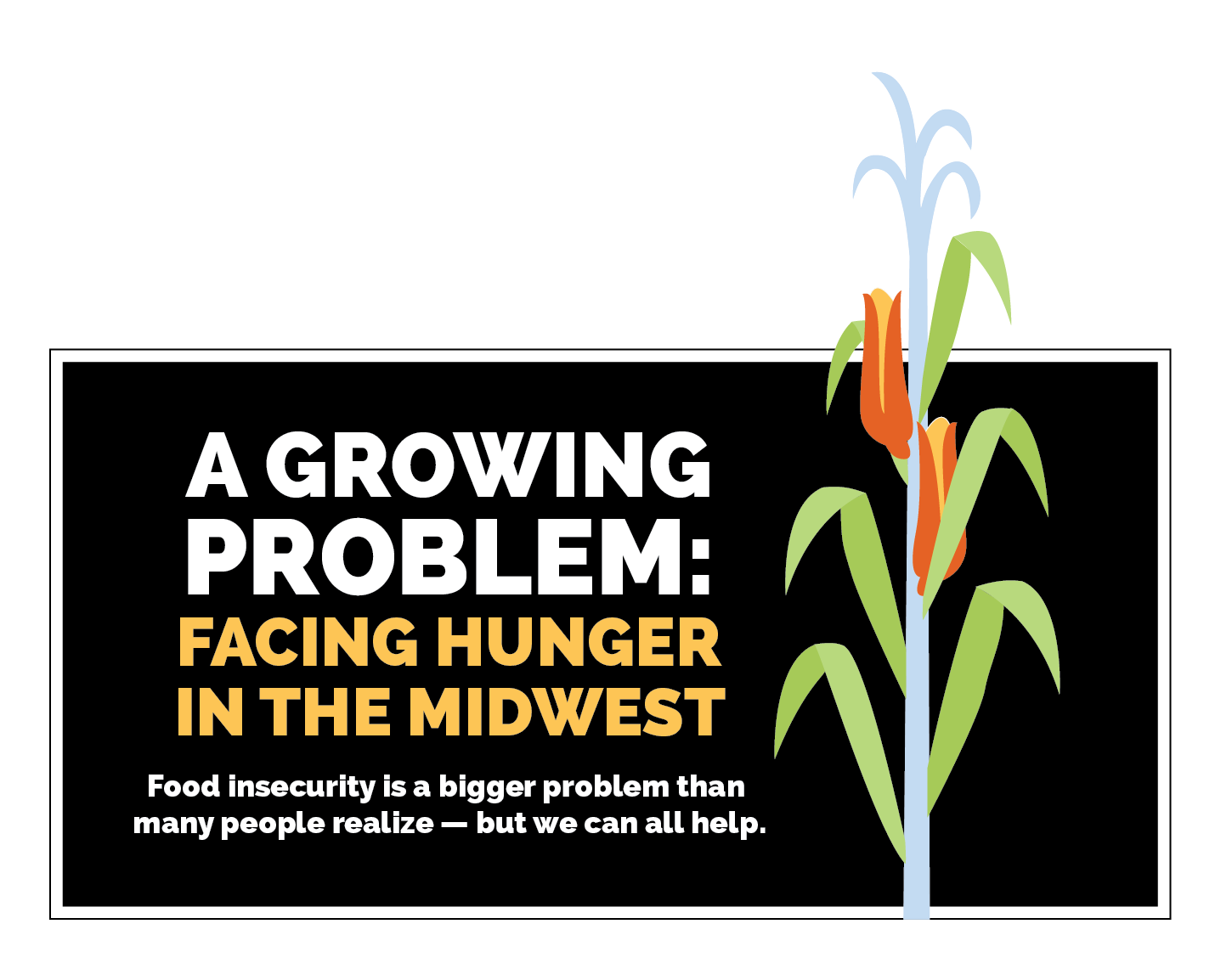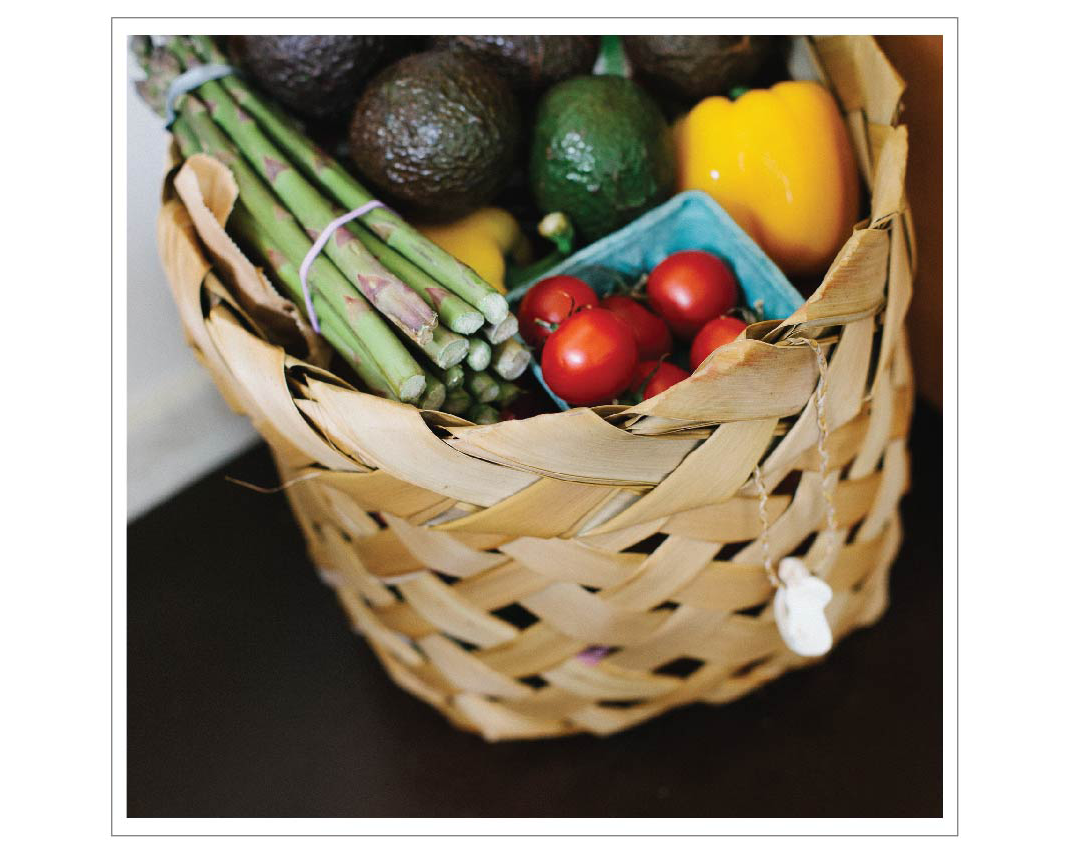
Created by Rachel Collins, Erin Menardi, Raeann Langas, Nicole Kasperbauer, and Alex Peterson
At the Food Bank of Iowa, volunteers rush back and forth in the giant warehouse, packing countless bags full of food: canned vegetables, yogurt and cheese, fresh produce, noodles, and rice. The people they serve? Families struggling to make ends meet, spreading from Iowa’s most populated city centers to the rural, corn-filled corners. While its efforts serve a small portion of the food insecure population nationwide, its example leads countless other organizations and individuals to do the same.
Before getting started, it’s important to note a few things about food insecurity. From 1965 to 2015, the population of the United States grew from 194 million to 319 million. That is 125 million more mouths to feed. As population rates soar, so does the number of food insecure households: In the Midwest, one in six people experience a shortage of food in their lifetime.












